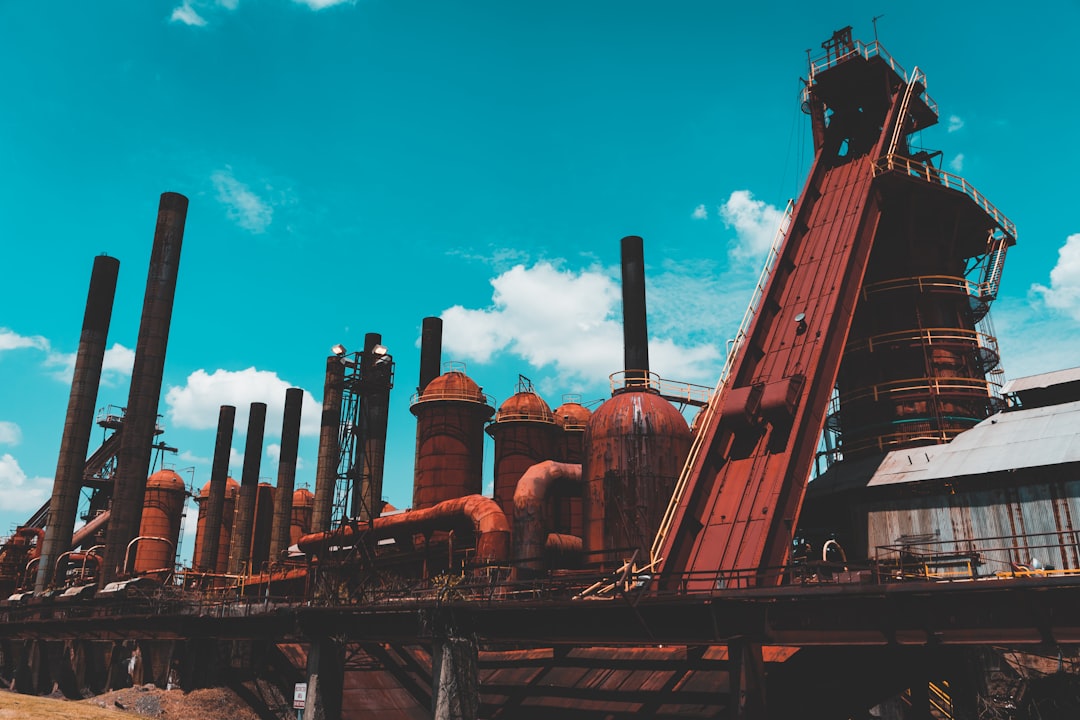What is it about?
Elaiophylin glycosyltransferase (ElaGT) has been identified as the enzyme responsible for the symmetric glycosylation of Ela, a unique 16-membered symmetric macrodiolide antibiotic. However, the symmetric catalytic mechanism is still unclear in GT. We have shown here that two molecules of ElaGT can form a symmetric homodimer with a continuous acceptor-binding pocket to bind one Ela. ElaGT may utilize this arrangement to allosterically regulate the catalytic center. Interestingly, this dimer interface resembles that of activator-dependent GT.
Featured Image

Photo by Jaden Barton on Unsplash
Why is it important?
Our structures present a novel self-activating model of GT1 that binds the symmetric substrate, which will help us understand the catalytic mechanism of symmetric sugar-transferring and the activator-dependent GTs. Additionally, we provide a new potential regulation site for substrate specificity.
Perspectives
This piece of work has taken us more than 10 years with two Ph.D. students. The intuition I had when I first saw the crystal structures turned out to be incredibly challenging to prove. The model is simple, which I believe is the beauty of science, but not previously known. I have the pleasure to work with talented young people from our group and our collaborator's group. I hope our work can provide a new model for how this group of enzymes can work.
Jinsong Liu
Read the Original
This page is a summary of: Substrate-induced dimerization of elaiophylin glycosyltransferase reveals a novel self-activating form of glycosyltransferase for symmetric glycosylation, Acta Crystallographica Section D Structural Biology, September 2022, International Union of Crystallography,
DOI: 10.1107/s2059798322008658.
You can read the full text:
Contributors
The following have contributed to this page










